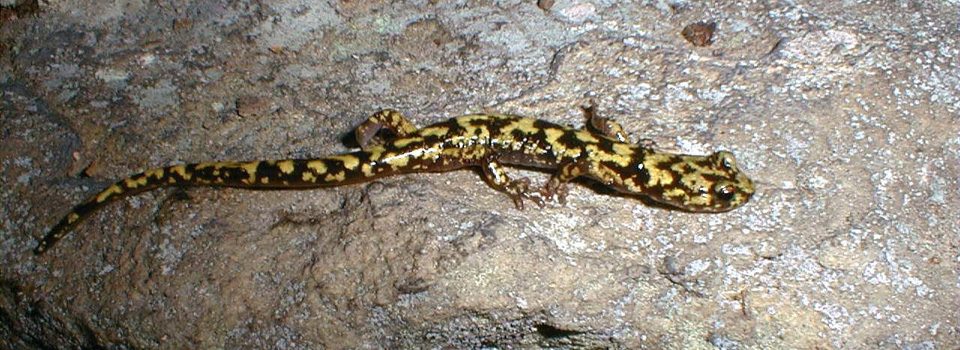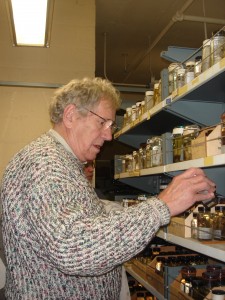
Herpetology

George W. Folkerts
1965-1968
BA Southern Illinois University
MA Southern Illinois University
PhD Auburn University
George Folkerts served as interim curator while he completed a dissertation at Auburn University on the distribution and life history of the genus Desmognathus in the state of Alabama. His degree was completed under the guidance of Dr. Julian Dusi and his work greatly expanded Auburn’s collection. In fact, of the approximately 4100 specimens of Desmognathus in the collections through 2015, about 1100 of them had been collected by George for his dissertation. These came from 35 of Alabama’s 67 counties, a collecting effort that took him throughout the state. During this time period a graduate student colleague of George’s, Charles M. Fugler, brought the first significant international materials to Auburn’s herpetological collection since Charles was the first visitor to the Santa Cecilia site in Ecuador made famous by Bill Duellman and his students at the University of Kansas. In addition to overseeing these efforts to expand the herpetological collections at Auburn, George was also an exceptionally broadly trained naturalist who provided many important specimens to Auburn’s other collections.
Upon completing his dissertation, George took a faculty position at Clemson University, where he had a short (1968-1969), but productive stint sampling the herpetofauna of South Carolina. However, George was soon lured back to Auburn by Dr. F.S. “Red” Arant to teach in general biology. Upon his return, George brought with him significant materials from his collecting at Clemson. This happened at the same time that Bob Mount was taking over the reins as Curator of Herpetology at Auburn. George and Bob enjoyed a long period of collaborative research and together made Auburn a valued destination for graduate research in herpetology. The two worked out the taxonomy of Graptemys nigrinoda and shared mentoring duties by serving frequently on research committees for each other’s graduate students. Although George continued to provide important work on the life history of Graptemys, distribution of Clemmys guttata, and reproductive biology of Desmognathus aeneus, his remarkable ability to get people into the field and to get them excited about all creatures was his greatest legacy. His work on unusual habitats, like pitcher plant bogs and Grady ponds, has served to preserve important natural areas in Alabama and explains the diverse topics covered by graduate students from his lab. We list here those associated with herpetology.
Students advised
| Donavan, Lois Ann (1972, MS) | Feeding coactions of the seal salamander, Desmognathus monticola Dunn |
| Waters, Jerry Craig (1974, MS) | The biological significance of the basking habit in the black-knobbed sawback, Graptemys nigrinoda Cagle |
| Gaddy, Nalria Wisdom (1975, MS) | The gross visceral anatomy of selected members of the genus Desmognathus Baird (Amphibia: Plethodontidae) |
| Caldwell, Ron (1977, PhD) | Cranial osteology of the salamander genus Desmognathus Baird, (Amphibia: Plethodontidae) |
| Botts, Daniel (1978, MS) | Life history and movement of Ambystoma tigrinum and associated vertebrates around a semi-permanent pond |
| Jones, Thomas R. (1980, MS) | A reevaluation of the salamaner, Eurycea aquatica Rose and Bush (Amphibia: Plethodontidae) |
| Lamb, A.C. “Trip” (1980, MS) | Observations on the life history of the pig frog, Rana grylio Stejneger, in southwest Georgia |
| Davis, Mark S. (1980, MS) | Observations on the life history of the wood frog, Rana sylvatica LeConte, in Alabama |
| Austin, Richard M. (1993, MS) | The reproductive life history of a low altitude population of Desmognathus quadramaculatus (Amphibia: Plethodontidae) |